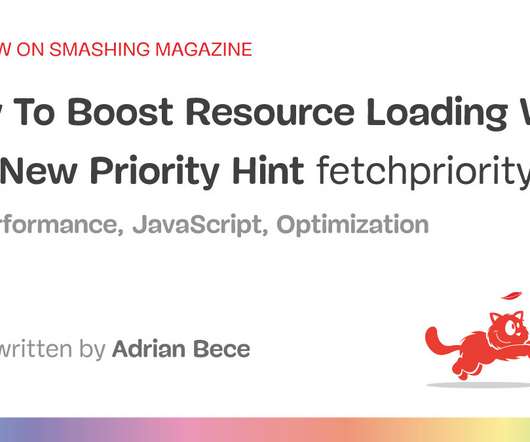PostgreSQL Connection Pooling: Part 4 – PgBouncer vs. Pgpool-II
Scalegrid
JULY 29, 2020
In our final post, we will put them head-to-head in a detailed feature comparison and compare the results of PgBouncer vs. Pgpool-II performance for your PostgreSQL hosting ! Performance Testing. So, our testing indicates PgBouncer is the far better choice for connection pooling. Part 1 – Pros & Cons.













Let's personalize your content